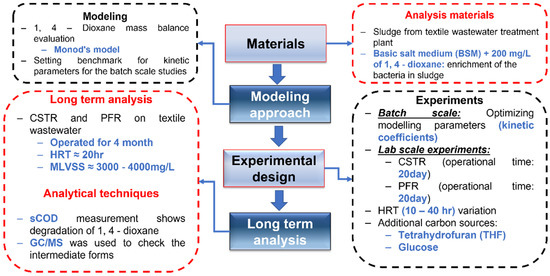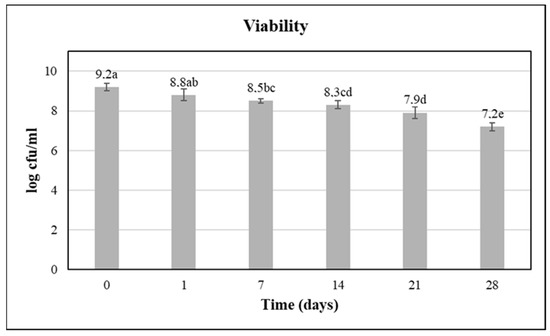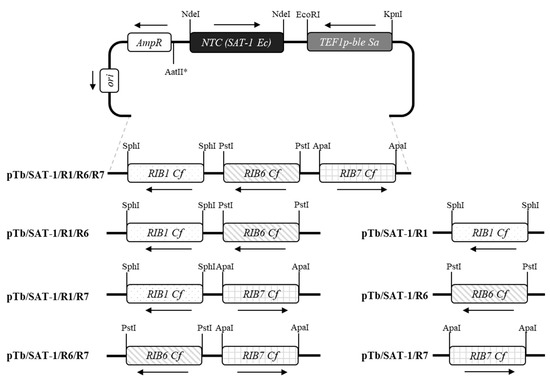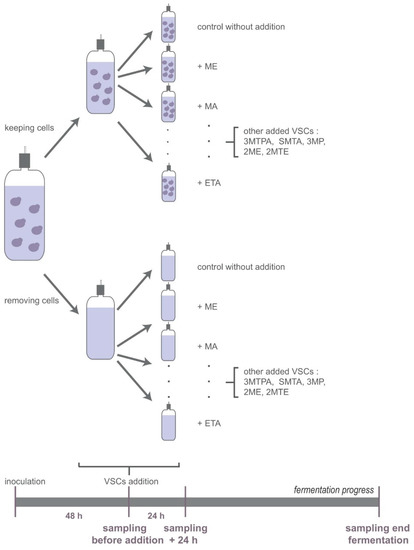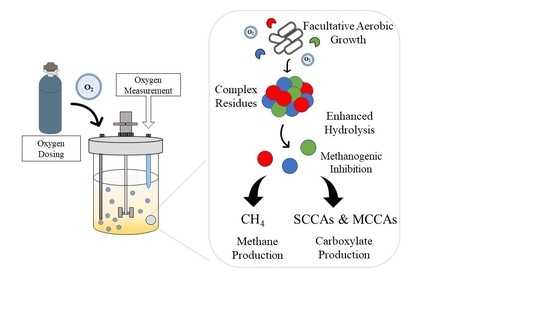Fermentation 2022, 8(4), 144; https://doi.org/10.3390/fermentation8040144 - 26 Mar 2022
Cited by 27 | Viewed by 4458
Abstract
There are few studies on the application of lactic acid bacteria in the reduction of anti-nutrient factors in paper mulberry silage. This study aimed to investigate the effects of different lactic acid bacteria on the fermentation quality and the amount of anti-nutritional factors
[...] Read more.
There are few studies on the application of lactic acid bacteria in the reduction of anti-nutrient factors in paper mulberry silage. This study aimed to investigate the effects of different lactic acid bacteria on the fermentation quality and the amount of anti-nutritional factors in paper mulberry silage. Two strains of Lactobacillus plantarum (GX, isolated from paper mulberry silage; GZ, provided by Sichuan Gaofuji Biotechnology Co. Ltd.) were added as silage additives. On days 7, 15, 30 and 60 of the ensiling process, the fermentation quality, and the amount of anti-nutritional factors were measured. Compared with the control group, inoculation with Lactobacillus plantarum could rapidly reduce pH values, leading to lower NH3-N/TN. Besides, it also significantly increased the lactic acid content (p < 0.05). The two strains of L. plantarum significantly reduced the content of hydrolysed tannin, condensed tannin, total tannin, oxalic acid, phytic acid and saponin (p < 0.05). Overall, this study found that the addition of lactic acid bacteria could significantly improve the fermentation quality of paper mulberry and reduce the amount of anti-nutrient factors (p < 0.05).
Full article
(This article belongs to the Special Issue Silage Fermentation)
